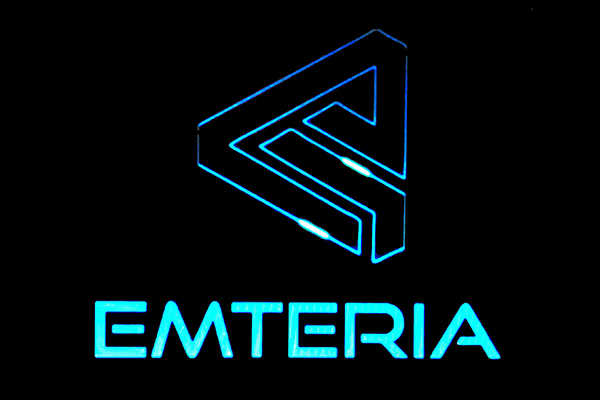Embedded boards serve as the backbone of modern electronics, powering a vast array of devices and systems that drive our interconnected world forward. In this comprehensive guide, we delve into the intricate world of embedded boards, exploring their significance, types, applications, and key considerations for selection.
Introduction to Embedded Boards:
Embedded boards, often referred to as system-on-module (SoM), single-board computers (SBCs), or microcontroller boards, are specialized computing platforms designed for embedded applications. Unlike traditional PCs, these boards integrate all essential components onto a single circuit board, making them compact, efficient, and highly versatile.
Types of Embedded Boards:
Embedded boards come in various forms, each tailored to specific use cases and requirements:
- Single-board Computers (SBCs): Complete computer systems on a single circuit board, featuring processors, memory, storage, and I/O interfaces.
- Microcontroller Boards: Optimized for controlling hardware and executing simple tasks, commonly used in IoT devices, robotics, and automation.
- System-on-Module (SoM) Boards: Compact modules that encapsulate essential components, offering flexibility in hardware design and rapid prototyping.
Key Features and Specifications:
When evaluating embedded boards, several key features and specifications demand attention:
- Processing Power: The type and performance of the processor significantly impact the board’s capabilities and application suitability.
- Memory and Storage: Sufficient RAM and storage space are essential for running applications and storing data.
- Connectivity Options: Consider the availability of interfaces such as USB, Ethernet, HDMI, and wireless connectivity (Wi-Fi, Bluetooth, etc.).
- Form Factor: The physical size and shape of the board influence its integration into the target system or device.
Applications and Industries:
Embedded boards find application across diverse industries and sectors:
- Internet of Things (IoT): Powering connected devices and smart systems for home automation, industrial monitoring, and environmental sensing.
- Industrial Automation: Controlling machinery, process automation, and data acquisition in manufacturing environments.
- Automotive Electronics: Enabling advanced driver-assistance systems (ADAS), infotainment systems, and vehicle diagnostics.
- Medical Devices: Supporting diagnostic equipment, patient monitoring systems, and wearable health trackers.
Selection Guide and Considerations:
Selecting the right embedded board requires careful consideration of various factors:
- Application Requirements: Identify the specific functionalities, performance metrics, and environmental conditions the board must meet.
- Cost and Budget: Balance performance requirements with budget constraints to ensure cost-effective solutions.
- Long-term Availability: Prioritize boards with long-term availability and support to mitigate compatibility and maintenance issues.
Development Tools and Resources:
Embarking on an embedded project necessitates familiarity with development tools and resources:
- Software Development Kits (SDKs): Provide compilers, debuggers, and libraries tailored for embedded development.
- Documentation and Community Support: Explore manufacturer documentation, forums, and online communities for troubleshooting and best practices.
- Training and Education: Invest in training programs and courses to enhance skills and stay abreast of emerging technologies.

